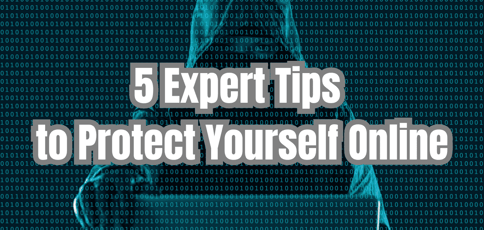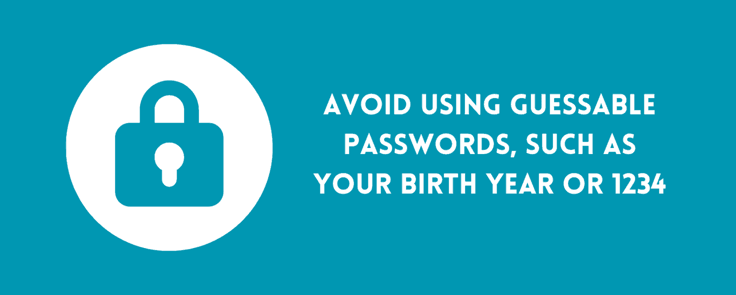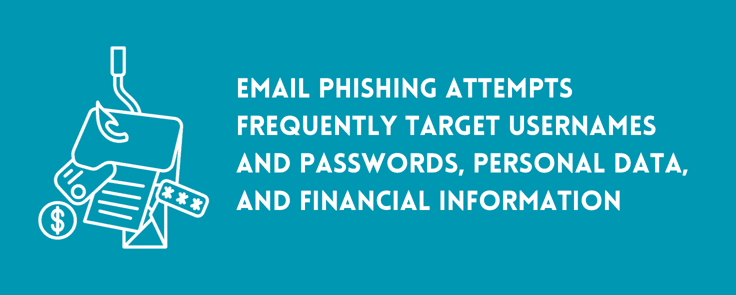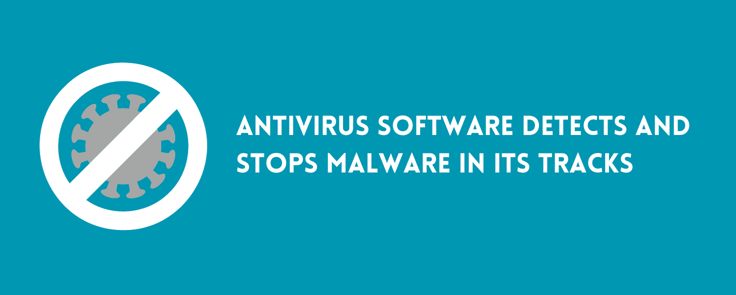
According to our recent survey of more than 1,000 US adults, 32% of people have been hacked from visiting sketchy websites. That’s a significant concern for both individuals and businesses that want to connect with customers online. After all, how can small businesses boost their online presence with consumers worrying about their safety?
The Cybersecurity and Infrastructure Security Agency (CISA) is celebrating 20 years of Cybersecurity Awareness Month, which aims to address this problem among many others. The Secure Our World initiative brings attention to how dangerous cybercriminals can be. In a world where everything is online, it’s up to us to protect ourselves, our businesses, and the products we use.
More Troubling Statistics:
Of those who have been hacked by visiting sketchy websites:
- 53% got a computer virus
- 51% had their information phished
- 43% had credit card information stolen
- 35% had their username and password stolen
- 17% had their identity stolen or cloned
These troubling statistics don’t mean you should avoid the internet. Instead, individuals and businesses should take these five simple steps to reduce their risk and protect their online privacy.
1. Use Safe Passwords
Secure passwords are your first line of defense against bad actors, so you don’t want to waste your time with easily guessable ones like “password” and “1234.” Those credentials are just asking for trouble.

A strong password includes a mix of uppercase and lowercase letters, numbers, and special symbols. Aim for passwords between eight to 16 characters long and avoid using personal details like your cat’s name (sorry, Fluffy).
2. Enable Multifactor Authentication
Multi-factor authentication, also called MFA, provides multiple layers of defense against hackers. The first layer is your password, and the second and third layers may be a code sent to your device or a biometric scan (such as your fingerprint).
You should enable MFA whenever it’s available. It’s one of the simplest ways to add an extra layer or two of protection to any personal data in your email, social media, and banking accounts.
3. Fend Off Phishing Attempts
If you have an email account, you’ve probably been a target of a phishing attempt at least once. Phishing attempts occur when bad actors pretend to be representatives of your bank, workplace, or the IRS, for example. The criminal’s goal is to access your personal data, banking information, or passwords.

Some common red flags in a phishing email include threatening subject lines, such as “Fraud Department: Your Credit Card has Been Stolen,” suspicious links, and misspelled or unofficial sender addresses like IRSFraudDepartment@gmail.com. Note that official institutions never use the Gmail.com domain extension.
4. Update Your Devices and Apps Regularly
Software updates expose past security vulnerabilities, so updating your software as soon as new releases are available is essential. Even better, set your devices and apps to update software automatically.
If you set your devices to update automatically, you don’t have to worry about managing updates yourself or rebooting your device in the middle of your workday.
It’s also a good practice, in general, to keep your apps and devices up to date. Updates usually include bug fixes and the latest features that improve the functionality of your apps.
5. Install Antivirus Software
Antivirus software is a simple way to protect your devices from viruses and malware. These threats are pretty common and getting a computer virus is easier than you may think. All it takes is clicking on a suspicious link from a spammy website, and oops, you have a virus!

Antivirus software programs like McAfee and Norton detect and destroy malware before it damages your devices. Most operating systems have this feature built in, so make sure it’s switched on.
Celebrating 20 Years of Cybersecurity Awareness
Taking steps to secure your online privacy doesn’t have to be complicated. Individuals and small businesses can regain control of their data by following simple steps that reduce their risk of data leaks, phishing, and malware.
The key takeaway from Cybersecurity Awareness Month is just that: awareness. Spread the word about what you and everyone else can do to secure their online data. Knowledge is power!


